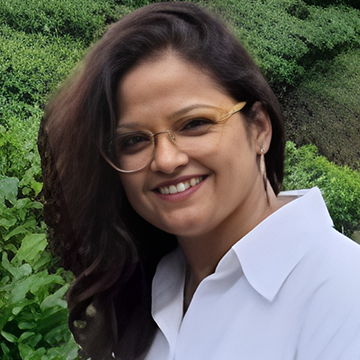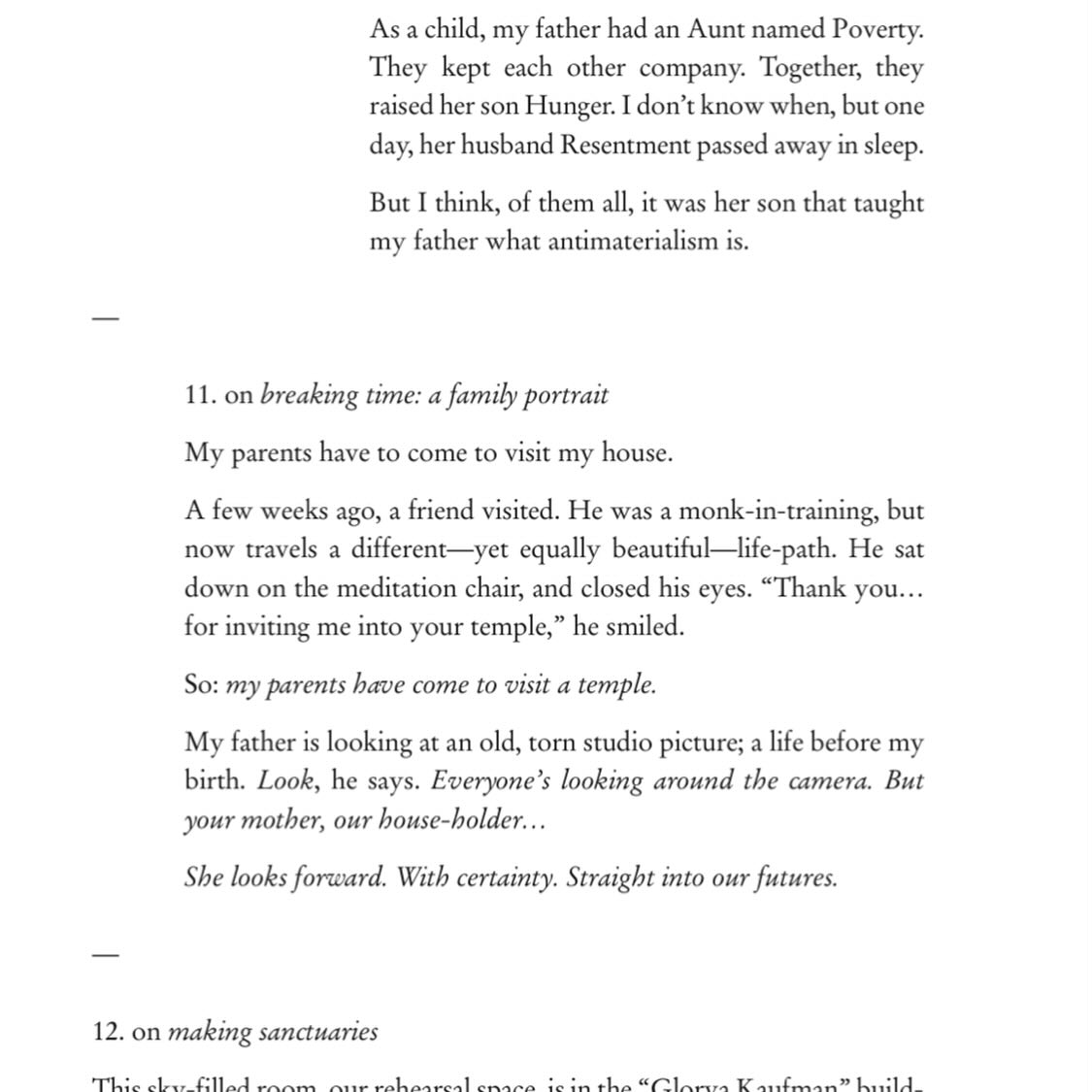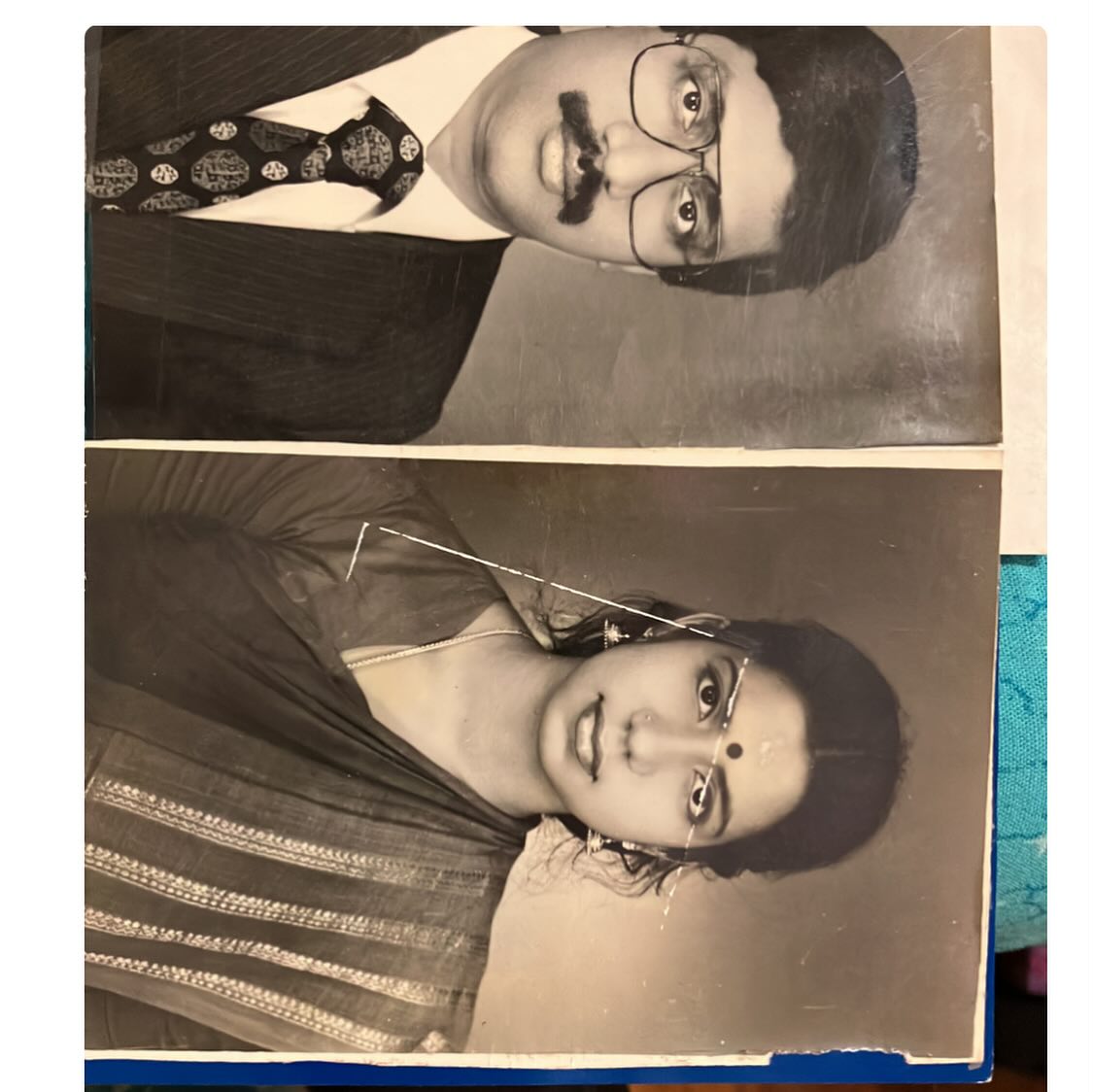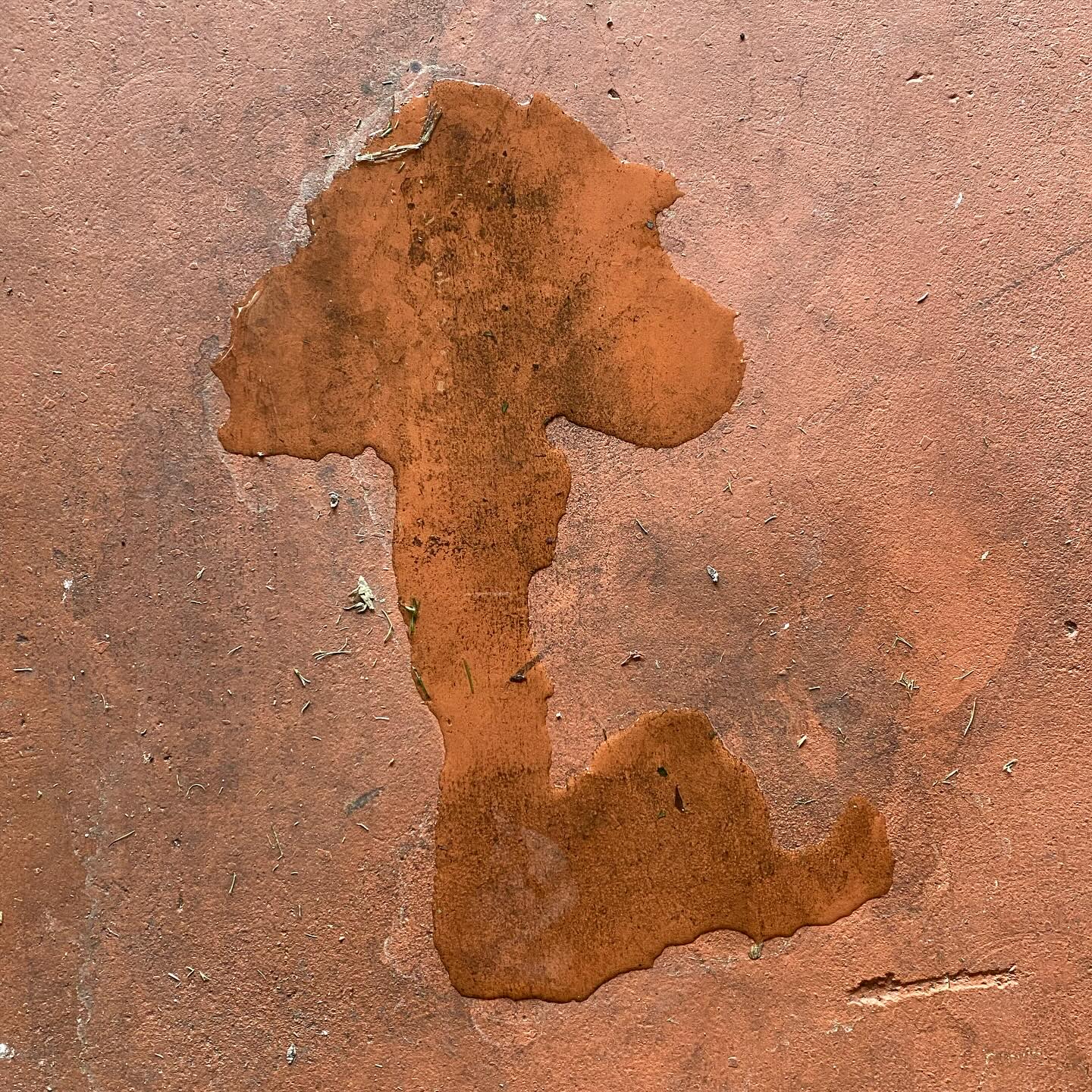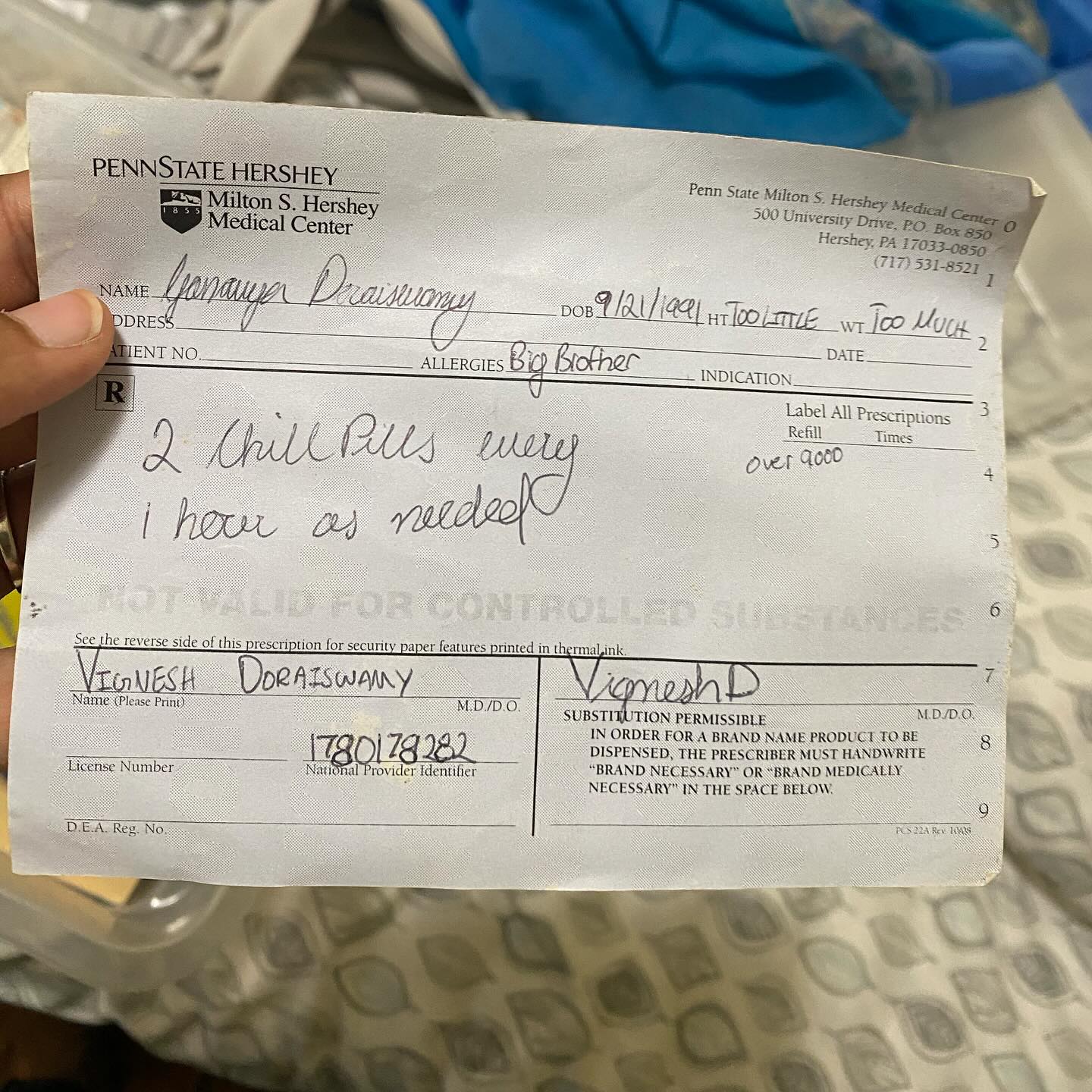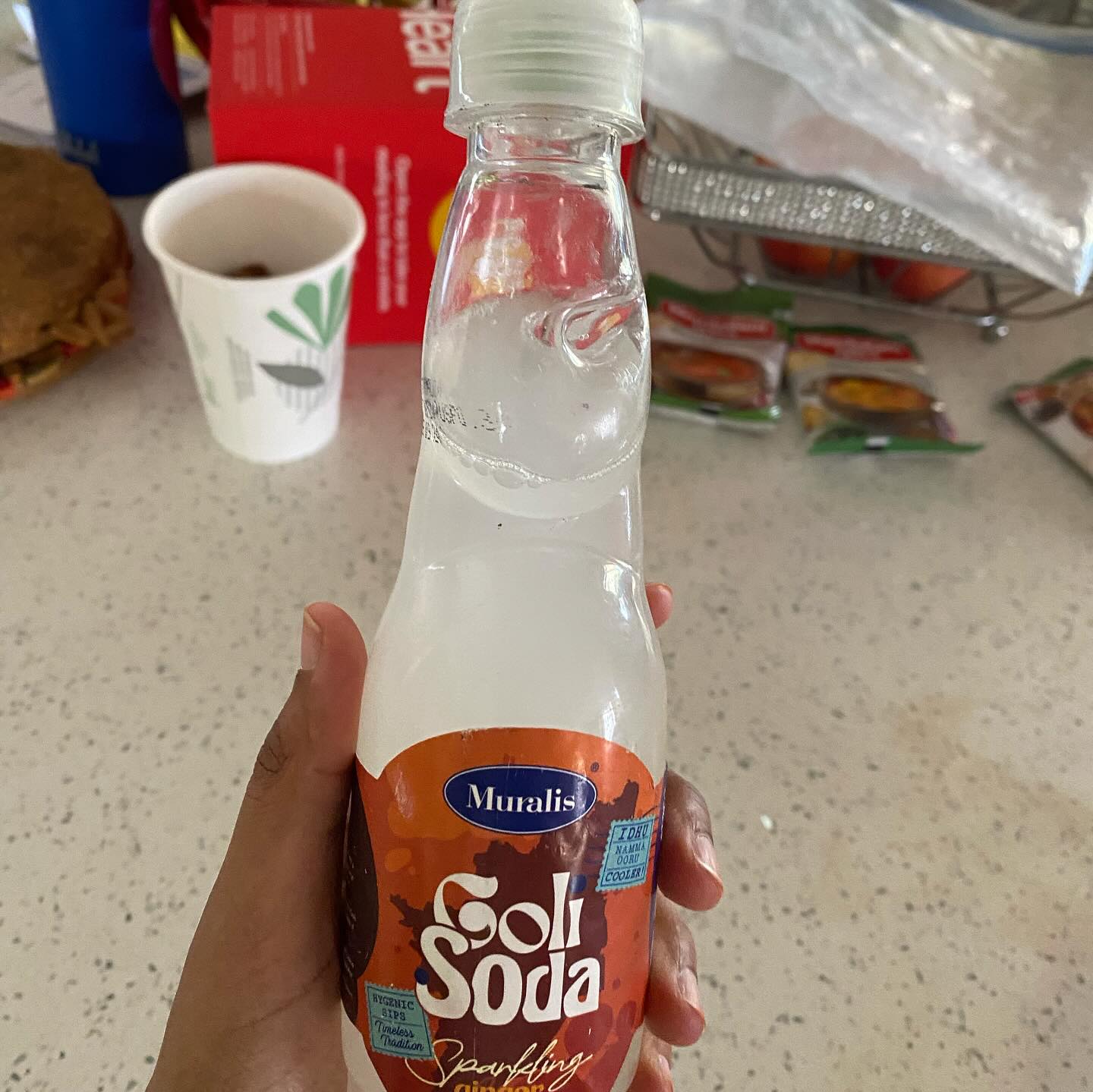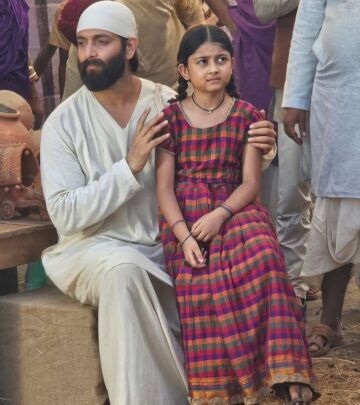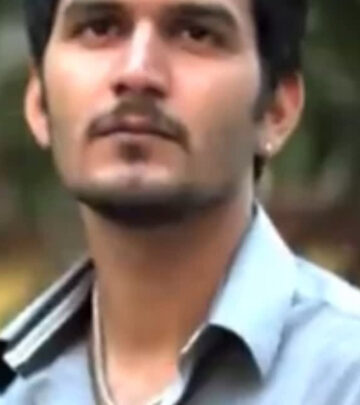Nilam: A Tribute To Mother And Land
A heartfelt exploration of identity and earth through Ganavya Doraiswamy's new cover art.!
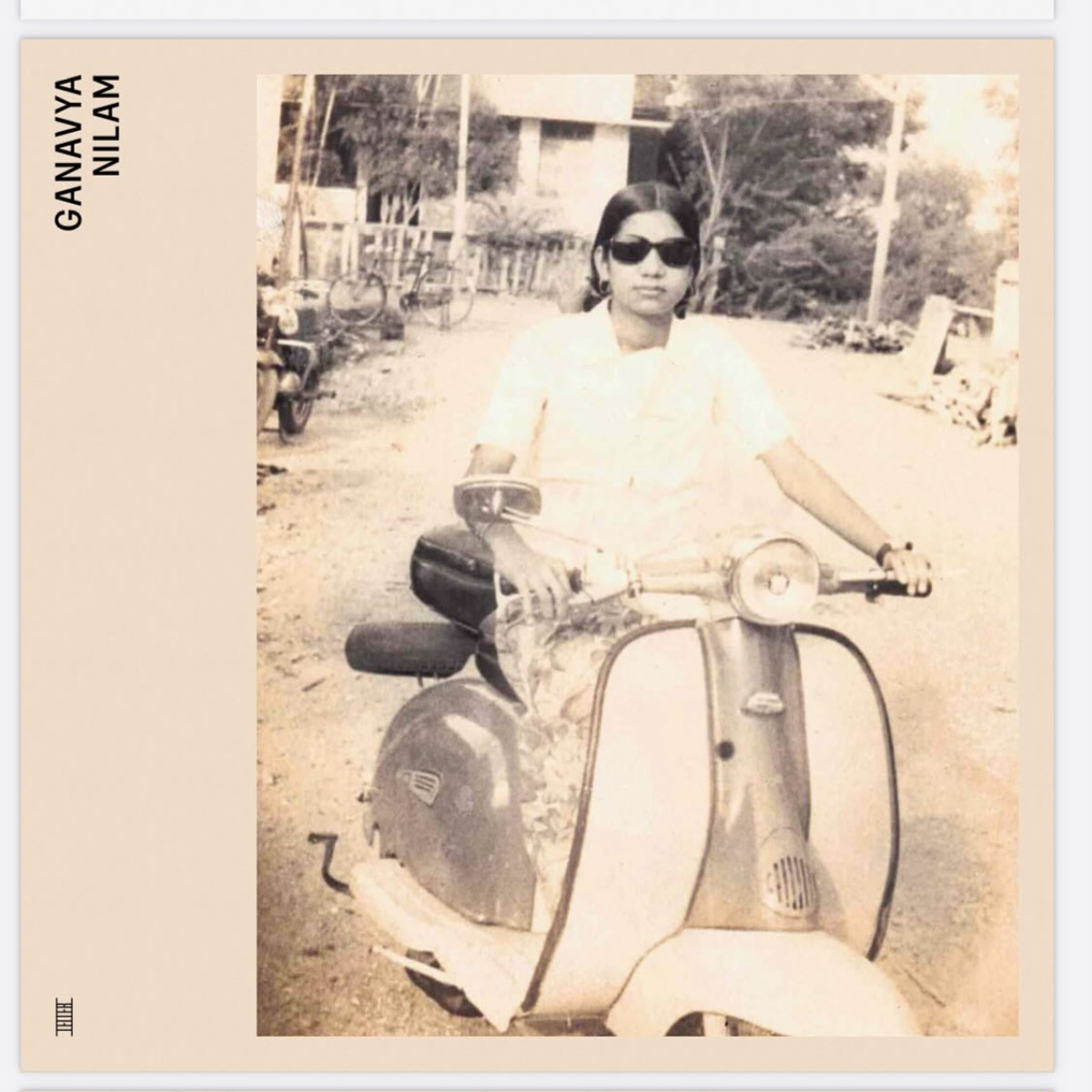
Image: Instagram
Ganavya Doraiswamy’s latest post introduces us to the cover for “NILAM,” a work whose title draws from the Tamil word for land and resonates deeply with themes of motherhood and heritage. In a thoughtful caption, Ganavya reflects: “The cover for NILAM, the Tamil word for LAND, was almost my mother. She has been, and will always be, my one true land.” These words invite readers to consider the earth not only as a physical territory but as an emotional landscape brimming with memories, care, and identity.
Cover Art And Its Deep Symbolism
The use of the word NILAM goes far beyond a literal translation of land. In Tamil, just as in English, the word ‘state’ carries dual meanings, referring both to a condition and a geographical territory. Ganavya’s musings merge these nuances with his personal experience of caring for his mother. He writes, “As with the earth, I do not know how to care properly yet for my mother. I get overwhelmed, I shut down, I try, I fail, I forget, I try again, I take, I give, I take for granted, I give what I have been granted.” This candid observation not only makes the work relatable but also mirrors the often overwhelming challenges of nurturing deep familial connections.
The cover, described almost as a living testament to love and loss, carries the same weight as a sacred prayer. In referencing Amaragi—the ancient Sumerian word for freedom, meaning “to return to one’s mother”—Ganavya invites us to consider the idea of coming home. This metaphorical return is not just physical; it is an emotional pilgrimage back to the source of our beginnings and values. His words, deeply poetic and reflective, prompt us to ask: “What can one say of a mother?”
Family Memories Reflected
In a series of slideshow images that accompany the post, Ganavya shares intimate snippets of family life. One slide captures a moment when he and his brother agreed on a mom gift, playfully recounting how things sometimes go astray when family plans turn into humorous mishaps—even calling his brother a ‘dingle dongle’. Another slide records a prescription note penned by his brother that reads, “Take a chill pill / allergies: brother. Refill: over 9000.” The relative light-heartedness of these memories contrasts with the deeper, soulful reflections presented in the overall caption.
These personal vignettes enhance the narrative by juxtaposing the burdens of responsibility with moments of humor and affection. Ganavya’s post is not just an announcement of new art; it is a tapestry woven from the threads of daily family interactions, marked by both imperfection and profound care.
Cultural And Personal Ties
The layered meaning of NILAM is reinforced when Ganavya contextualizes it within broader cultural and linguistic elements. In his caption, he explains how the Tamil interpretation of land—as both an expansive space and a state of being—mirrors the condition of a mother’s presence in one’s life. By invoking terms that date back to ancient histories, such as Amaragi, he ties contemporary experience to historical and cultural legacies. His narrative is a call to cherish the bonds that define our existence, urging, “may all the children return peacefully to their mothers and lands.” This statement serves as both a personal wish and a broader commentary on the sanctity of maternal love and nurturing heritage.
Ganavya’s creative approach resonates with fans who have followed his artistic journey over time. His work, which frequently blurs the lines between personal expression and cultural commentary, has been noted in previous posts. For instance, his shared images linked to historic Tamil prayers and revived musical instruments have similarly interwoven art with heritage. These earlier projects, which included collaborations with respected musicians and instrument researchers, underscore his commitment to exploring the roots of Tamil culture while delivering his message in a modern context.
Art And Identity In A Digital Era
The digital age has allowed artists like Ganavya to share their inner worlds with a global audience, and the cover for NILAM is a testament to that shift. Not only does the work explore personal family narratives, but it also speaks to a collective identity formed by language, tradition, and memory. The feelings of inadequacy when attempting to care for someone as significant as a mother are universal, and his frank admission of getting overwhelmed is both humbling and enlightening.
As viewers scroll through the accompanying Instagram carousel, they are provided with a candid look into the playful and poignant facets of Ganavya’s family life. One image shows his father’s amusing discovery—a human face by a tree on the garage floor—and another captures the simple, understated charm of a soda his mother patiently saved for him. Each image functions as a standalone memory, yet together they build an intimacy that enriches the overarching narrative of NILAM.
Returning To Our Origins
In summing up his message, Ganavya reflects on the cyclical nature of life—the idea that in caring for our mothers, we are, in essence, returning to the earth and all that it sustains. The layering of personal anecdote over historical and cultural context creates a multifaceted artwork that is at once introspective and universal. His invitation to “return” is not merely a call to emotional reunion, but a reminder of the responsibilities and the blessings that come with remembering our origins.
In an era where digital expressions often replace tangible experiences, Ganavya Doraiswamy’s NILAM stands out as a work that grounds us in the tactile truths of family and land. It is a powerful reminder that heritage, much like the earth itself, sustains and nurtures, even when our attempts to care for it may seem imperfect and fraught with error.
In conclusion, NILAM is more than just an art cover—it is a soulful exploration of the inextricable bonds between a child and their mother, a narrative told through both visual and written language. As Ganavya continues to draw from the deep well of personal and cultural history, his work remains a beacon for those seeking meaning in the modern world.
May all the children return to their mothers, and may the earth always remain a sanctuary for our deepest truths.
Read full bio of Preeti Jha

